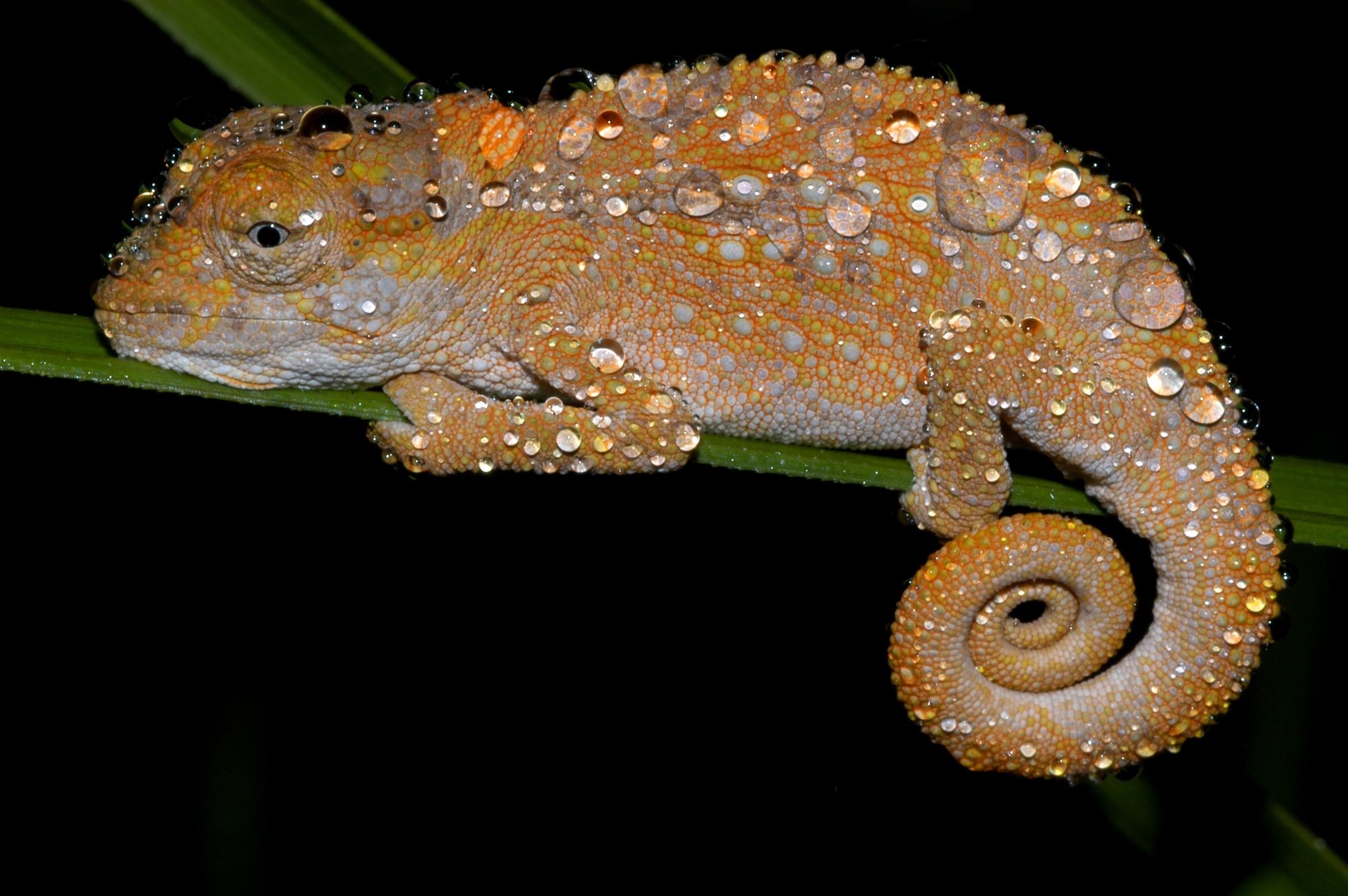/ Capability of captivity
Just a few decades ago, chameleons were still considered “unkeepable”. This has long since been disproved. Today, however, there are more voices than ever that are opposed to herpetoculture in general and chameleon keeping in particular. They often still say that chameleons are generally very fragile and very difficult to keep and breed in captivity. Our breeding statistics can easily refute this!
/ Proof of expertise
The AG Chamäleons has an unbelievably large fund of expertise about the species-appropriate keeping and breeding of chameleons in its members. The easiest way to make this expertise visible is to provide evidence of offspring. The more, the better – and of course the more supposedly “difficult” species, the more impressive.
/ Offspring from private people
Chameleons can be bred well in human hands today. Our offspring statistics can prove exactly that – in numbers instead of just opinion. The offspring statistics are not generated by zoos or other large institutions, but by private individuals. Because with chameleons, the majority of all first offspring, as well as permanent breeding successes, were and are kept in private homes.
/ Special offspring successes
In order for world first offspring or first offspring of rare chameleon species in Germany to be noticed at all, data about them must be available. This is exactly what the offspring statistics are for: Which species were bred more or less in which years, and when did it start? Good statistics can prove this.
/ Particularly simple species
Permanently high offspring statistics for certain species not only indicate which chameleons are particularly popular in keeping. They also provide evidence of which species are particularly good and successful to keep and breed. Many decisions in species conservation, for example concerning trade in protected species, are based on empirically collected data. That is exactly what we need!
/ Reduction of wild caughts
Every offspring is one less wild animal. This was the goal of the AG Chamäleons already back in the 1990s. Breeding statistics help to prove that the numbers of offspring actually reach the market and that hobby keepers have access to them. Transparency is the keyword!
Every chameleon owner in German-speaking countries can participate in the offspring statistics. You do not have to be a member of AG Chamäleons. Participation is anonymous, we do not need your name or place of residence. Simple, practical, fast: You can simply enter online how many chameleons you have bred in 2023 and send them to us. Of course, you can also send in multiple offspring, for example, if the eggs of one species hatch in spring and the others in autumn. Thank you very much for your help!


